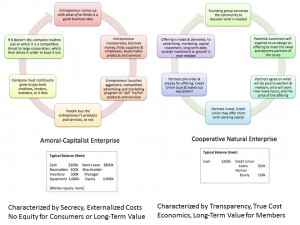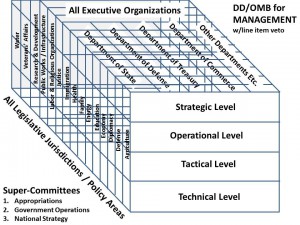
A starting point for the new Secretaries of State and Defense.
by Gareth Evans
Gareth Evans, Australia’s foreign minister for eight years and President Emeritus of the International Crisis Group, is currently Chancellor of the Australian National University and co-chair of the Global Center for the Responsibility to Protect. As Foreign Minister, he was at the forefront of recasting Australia’s relationship with China, India, and Indonesia, while deepening its alliance with the US, and helped found the APEC and ASEAN security forums. He also played a leading role in bringing peace to Cambodia and negotiating the International Convention on Chemical Weapons, and is the principal framer of the United Nations’ “responsibility to protect” doctrine.
Project Syndicate, 27 December 2012
CANBERRA – If we were hoping for peace in our time, 2012 did not deliver it. Conflict grew ever bloodier in Syria, continued to grind on in Afghanistan, and flared up periodically in West, Central, and East Africa. There were multiple episodes of ethnic, sectarian, and politically motivated violence in Myanmar (Burma), South Asia, and around the Middle East. Tensions between China and its neighbors have escalated in the South China Sea, and between China and Japan in the East China Sea. Concerns about North Korea’s and Iran’s nuclear programs remain unresolved.
Continue reading “John Steiner: THE GLOBAL MARCH TOWARD PEACE by Gareth Evans*”





